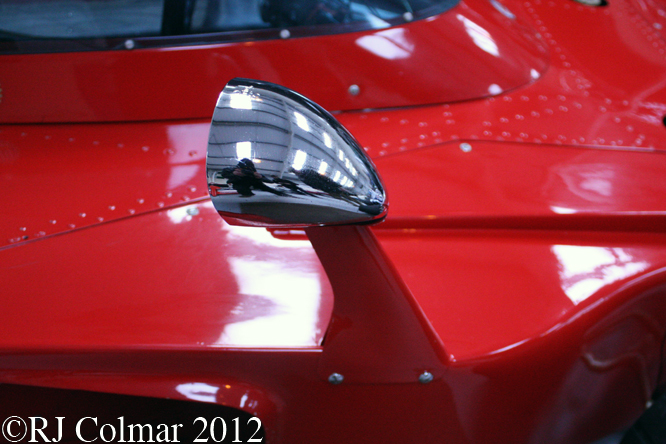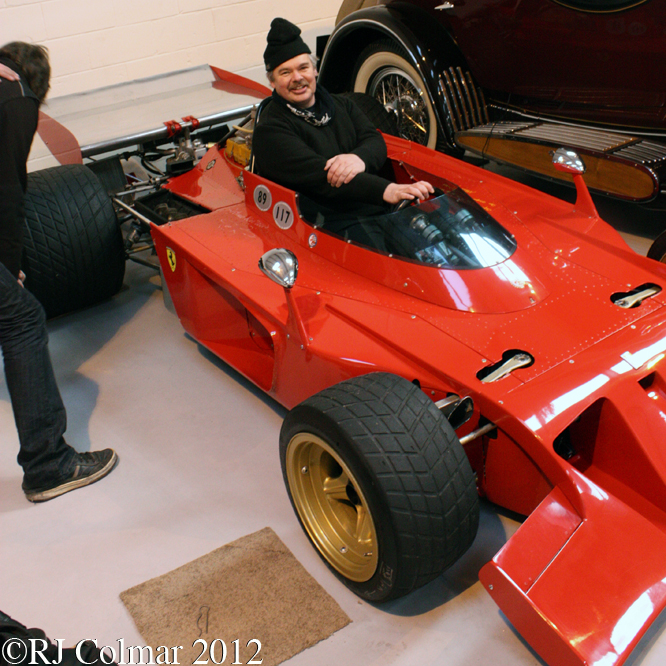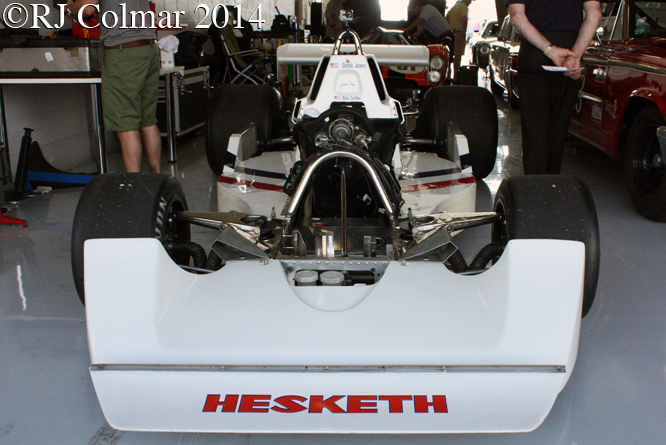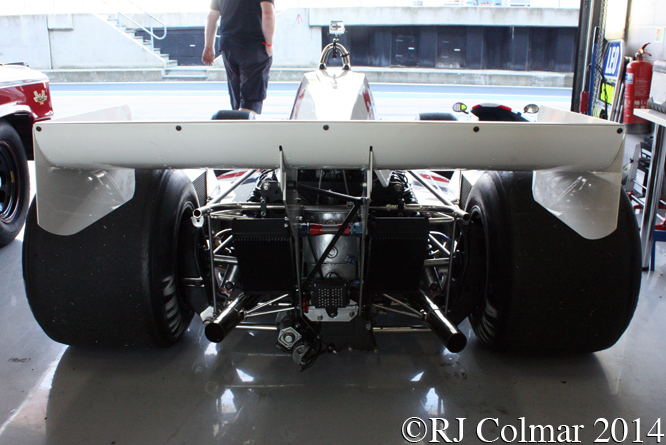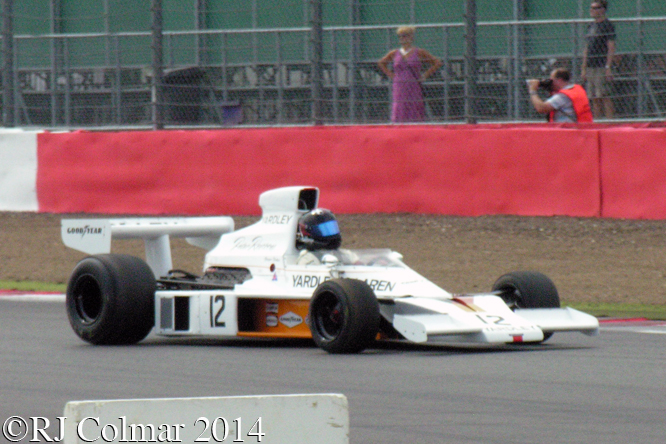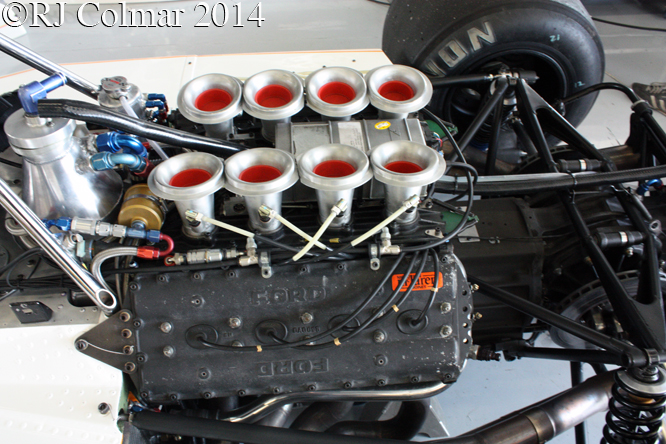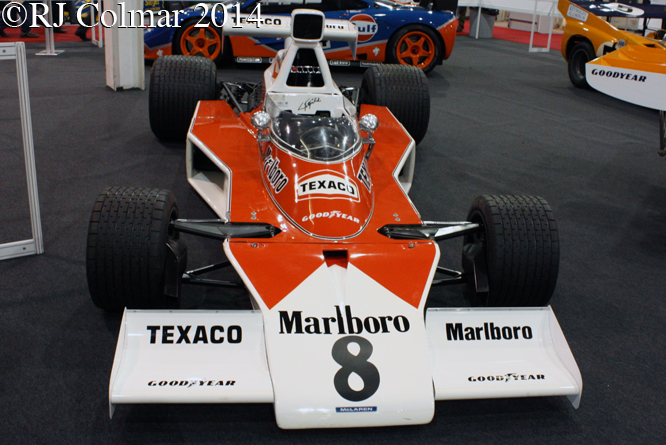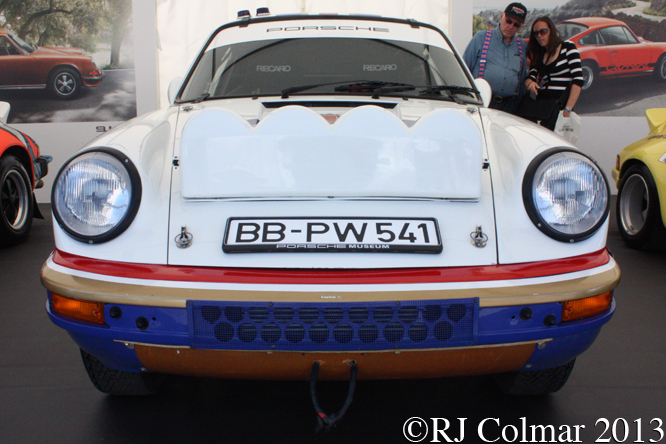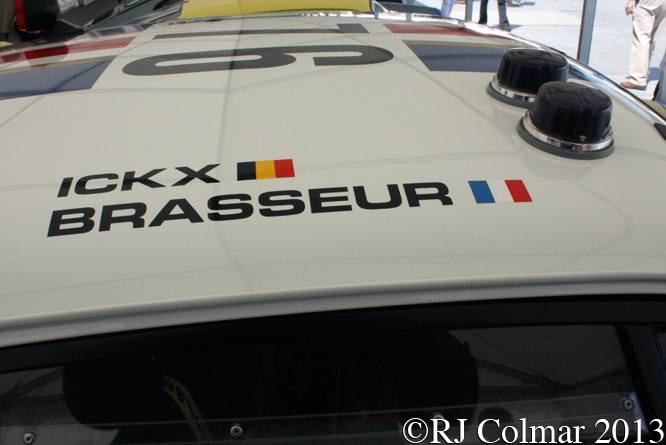In the autumn of 1972 I was sitting in my dorm at school thumbing through a copy of Autocar when I came across a 4″ x 2″ photograph of today’s featured car the, there was only ever one, Ferrari 312 B3 nick named the Spazzaneve or snow plough. I reached for a pair of scissors and cut the photo out and stuck it to my bedside table where I could see it from my bed and would day dream of driving this compact vehicle to to dozens of Grand Prix victories.
Being only 13 at the time and some months away from becoming fully mentally engaged with Formula One, I had no idea that it would be 40 years before I got to see this car in the flesh, partly because it was an experimental model and never raced in anger, partly because it’s designer Mauro ‘Fury’ Forghieri was to be moved to another job soon after #009 was built and tested and partly because Enzo Ferrari was ill which allowed FIAT management at helm of the good ship Ferrari and they wanted Franco Rocchi and Giacomo Caliri under the direction of FIAT’s Stefano Colombo to design Ferrari’s 1973 Grand Prix challenger.
The 312 B3 Spazzaneve was a significant departure from Foghieri’s previous model the not entirely unsuccessful Ferrari 312 B2.
Like many designers of the time, including Tyrrells designer Derek Gardner, Mauro was concerned with improving the handling of his cars by packaging all the heavy items, radiators, fuel, oil and water tanks and so forth as close to the centre of the cars gravity as possible.
Interestingly this experimental vehicle did not feature inboard front brakes, as did both contemporary Lotus and Tyrrell designs which would have reduced the unsprung weight of the car to the benefit of the handling and brought these items closer to the cars centre of gravity further reducing the chassis ‘polar moment of inertia’ which has the benefit of reducing chassis stresses and improving handling.
To improve front end grip radiators were mounted behind the front wheels and are fed fresh air by the large NACA ducts in the nose.
The hot radiator air was then expelled through the ducts behind the mirror.
Thanks to Regazzoni at The Nostalgia Forum I have been told that Mauro Fogheri’s dedication on the side of the car translates as “With this one [the car] I could understand many more things. With sympathy and a bit of envy Mauro Forghieri”
Thanks to GD66 and domenico also at The Nostalgia Forum these signatures have been identified as those of Jacky Ickx, top, and Chief Mechanic Giulio Borsari bottom.
I have not seen any photos of Ickx’s team mate Art Mezario driving the car in period, but there is no reason to suppose he didn’t, Art has demonstrated #009 since.
The cockpit for anyone taller than an average horse jockey is incredibly cramped.
Note the front support has three different anchor points, linked here is a photo of Jacky Ickx driving #009 with the wing mounted all the way forward on square shouldered Firestone tyres, and another of #009 with the rear wing mounted further back on round shouldered Goodyear tyres linked here. Jacky and Art can be seen chatting in the back ground in the latter.
Like Derek Gardner’s Tyrrell 006 design the Spazzanave was found to be very nervous to drive, unlike Tyrrell Ferrari ditched the low polar momentum concept and built 3 freshly designed cars which resulted in Ferrari’s worst season to date, while Jackie Stewart drove the Tyrrell OO6 to his third World Drivers Championship in 1973.
Soon after returning to work in 1973 Enzo Ferrari withdrew his team from the 1973 World Championship for a short sabbatical and recalled Mauro Fogierhi to his former position to rework the 1973 cars with his low polar momentum idea’s. The following season the 1974 version of the Ferrari 312 B3 was developed into a championship contender.
Thanks to a touch of galvanic corrosion twixt wheel nut and wheel my school boy day dreams were partly realised while visiting Hall & Hall in Bourne when I was asked to apply the brake pedal in an effort to help free the wheel nuts of the car. Christmas certainly came a couple of weeks early this year.
I understand #009 is for sale, unfortunately I do not have the readies to relieve Hall & Hall of the responsibility of looking after Spazzaneve, if you do contact details can be found on this link.
My thanks to Ted Walker of Ferret Fotographics for taking me to visit Hall & Hall and to Rick Hall for permission to take these photographs.
Thanks for joining me on this “Fury’s Experiment” edition of “Gettin’ a li’l psycho on tyres” I hope you will join me again tomorrow. Don’t forget to come back now !






